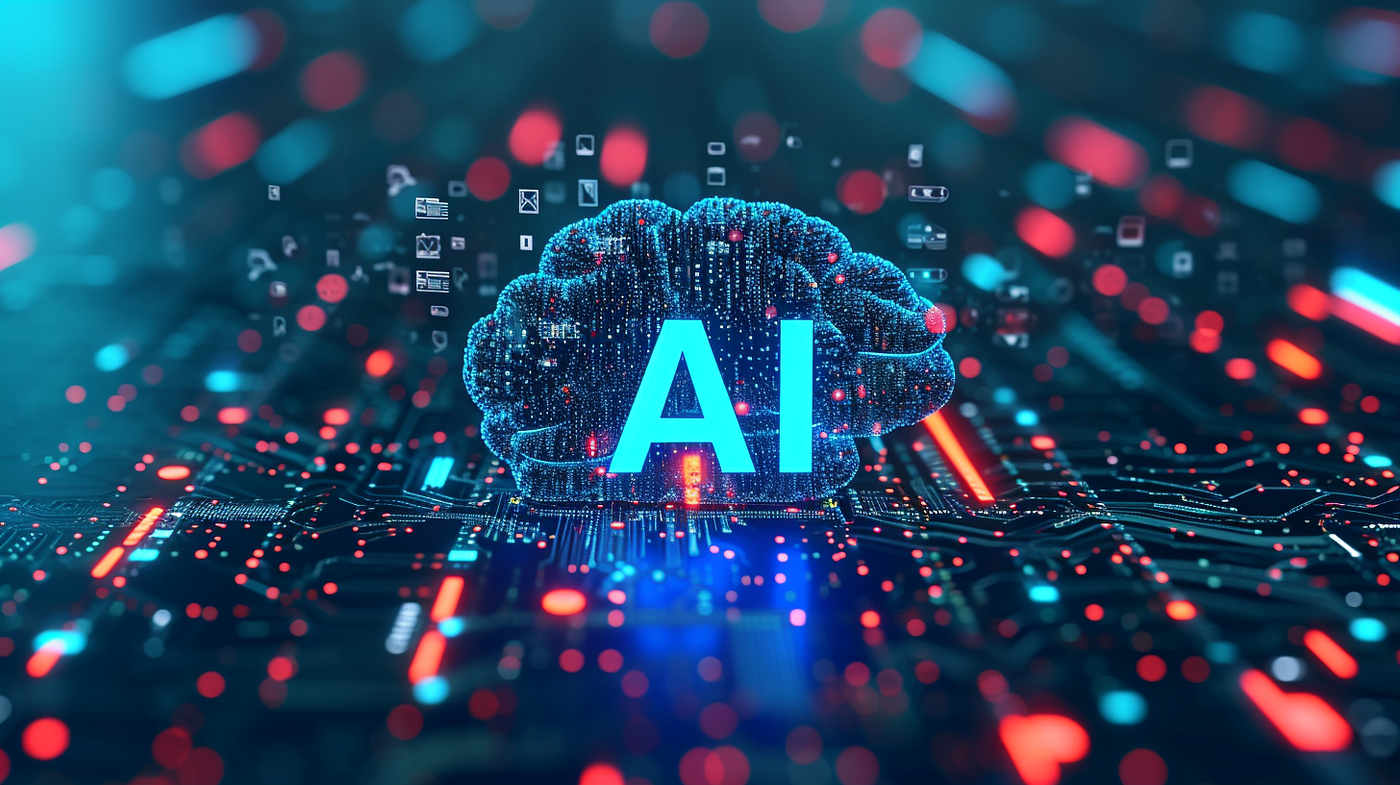In the fast-paced world of digital marketing, understanding consumer behavior and predicting future trends can provide a competitive edge. Predictive analytics, powered by artificial intelligence (AI), is transforming how marketers approach decision-making, customer engagement, and campaign optimization. This blog explores the role of AI in predictive analytics and how it is shaping the future of digital marketing.

businessman using technology AI for working tools. Chat bot Chat with AI, using technology smart robot AI, artificial intelligence to generate something or Help solve work problems.
What is Predictive Analytics?
Predictive analytics refers to the use of historical data, statistical algorithms, and machine learning techniques to identify the likelihood of future outcomes based on past behavior. In digital marketing, this means analyzing data from various sources—such as customer interactions, social media, website traffic, and sales data—to forecast future consumer actions, preferences, and market trends.
The Intersection of AI and Predictive Analytics
AI enhances predictive analytics by automating data analysis, uncovering patterns, and providing insights at a scale that is impossible for human analysts. Here are several key ways AI is impacting predictive analytics in digital marketing:
1. Data Processing and Analysis
AI algorithms can process vast amounts of data quickly and accurately. Traditional methods of data analysis can be time-consuming and labor-intensive, but AI can automate these processes, allowing marketers to focus on strategy and execution. With AI-driven tools, businesses can analyze customer behavior in real-time, gaining insights into preferences, pain points, and buying patterns.
2. Customer Segmentation
AI enables marketers to segment their audience more effectively. By analyzing demographic, psychographic, and behavioral data, AI algorithms can identify distinct customer segments and create detailed profiles. This allows marketers to tailor their strategies and campaigns to meet the specific needs and preferences of each segment, enhancing personalization and improving engagement.
3. Predictive Modeling
AI-driven predictive modeling can forecast customer behavior with greater accuracy. By leveraging machine learning techniques, marketers can build models that predict outcomes such as customer churn, conversion rates, and purchase likelihood. These insights allow marketers to make data-driven decisions, allocate resources efficiently, and develop proactive strategies to engage customers.
4. Enhanced Personalization
Personalization is a crucial factor in digital marketing success. AI allows for more sophisticated personalization by analyzing individual customer data and predicting preferences. By understanding which products or services are most likely to appeal to each customer, businesses can deliver targeted content and recommendations, leading to higher engagement rates and increased sales.
5. Optimizing Marketing Campaigns
AI plays a significant role in optimizing marketing campaigns through predictive analytics. By analyzing historical campaign data, AI can identify which strategies were most effective and predict the potential success of new campaigns. This enables marketers to test different approaches, optimize their strategies, and allocate budgets to the channels that are likely to yield the highest returns.
6. Forecasting Trends
AI-powered predictive analytics can identify emerging trends and shifts in consumer behavior. By analyzing social media conversations, search trends, and market data, AI can help marketers stay ahead of the curve and adjust their strategies accordingly. This proactive approach enables businesses to capitalize on new opportunities and mitigate risks.
Benefits of Using AI in Predictive Analytics
- Improved Decision-Making: AI-driven insights empower marketers to make informed decisions based on data rather than intuition, leading to more effective strategies.
- Increased Efficiency: Automation of data processing and analysis saves time and resources, allowing marketing teams to focus on creative and strategic initiatives.
- Higher ROI: By optimizing campaigns and targeting the right audiences, businesses can achieve better returns on their marketing investments.
- Enhanced Customer Experience: AI allows for personalized interactions, resulting in a better customer experience and increased brand loyalty.
Challenges and Considerations
While AI has transformative potential, businesses must be aware of certain challenges:
- Data Privacy: Collecting and analyzing customer data raises concerns about privacy and compliance with regulations like GDPR. Marketers must prioritize ethical data practices.
- Quality of Data: The effectiveness of predictive analytics relies on the quality of the data used. Businesses need to ensure they are collecting accurate and relevant data.
- Integration with Existing Systems: Implementing AI-driven predictive analytics may require integrating new tools with existing marketing systems, which can pose technical challenges.
Conclusion
The integration of AI into predictive analytics is revolutionizing digital marketing, enabling businesses to gain valuable insights into customer behavior and market trends. By leveraging AI-driven tools, marketers can make data-driven decisions, enhance personalization, and optimize their strategies for better results. As AI technology continues to evolve, its role in predictive analytics will only grow, empowering marketers to stay ahead of the competition and create meaningful connections with their audiences. Embracing AI in predictive analytics is no longer just an option—it is essential for success in today’s dynamic digital landscape.


No responses yet